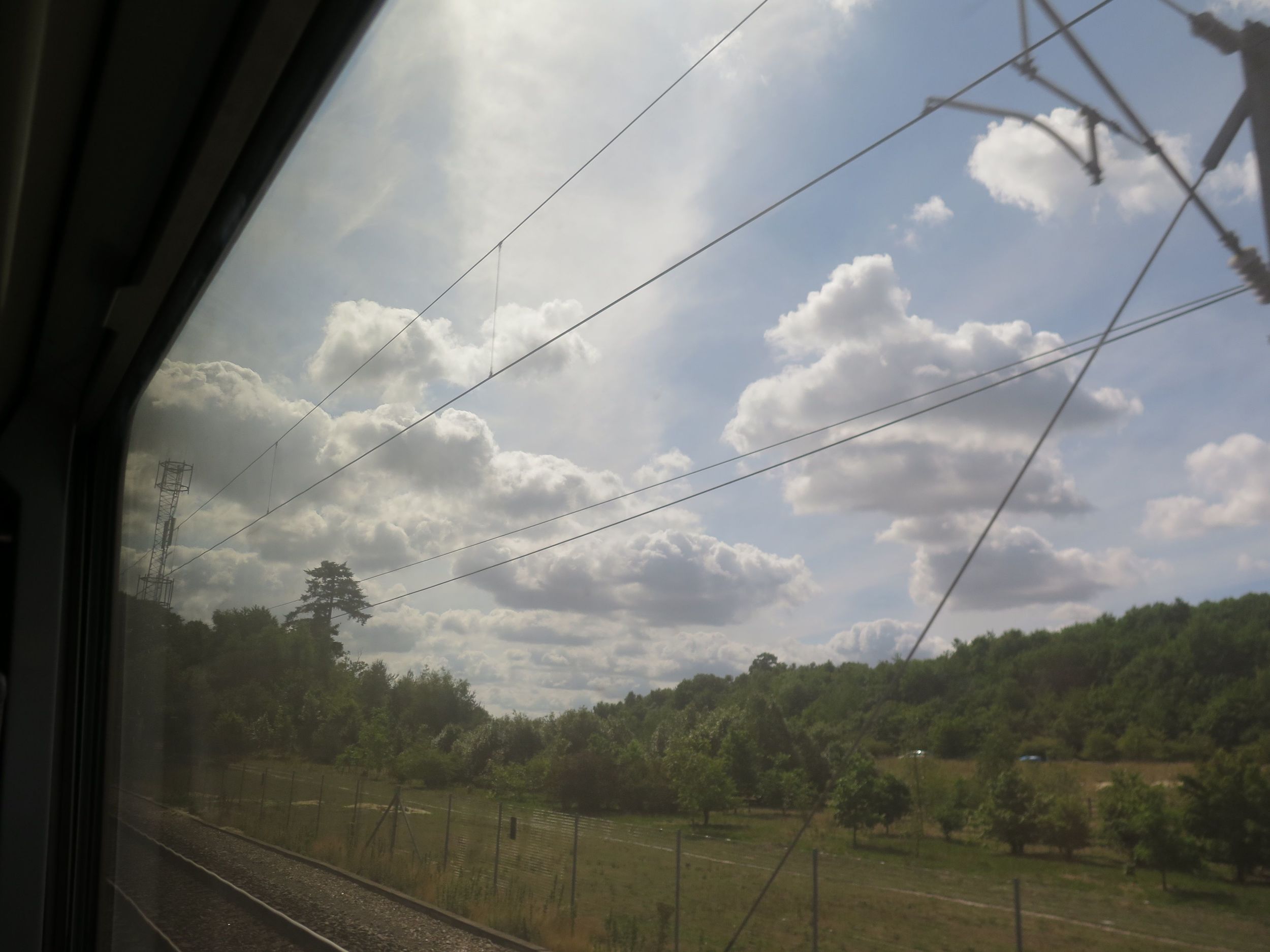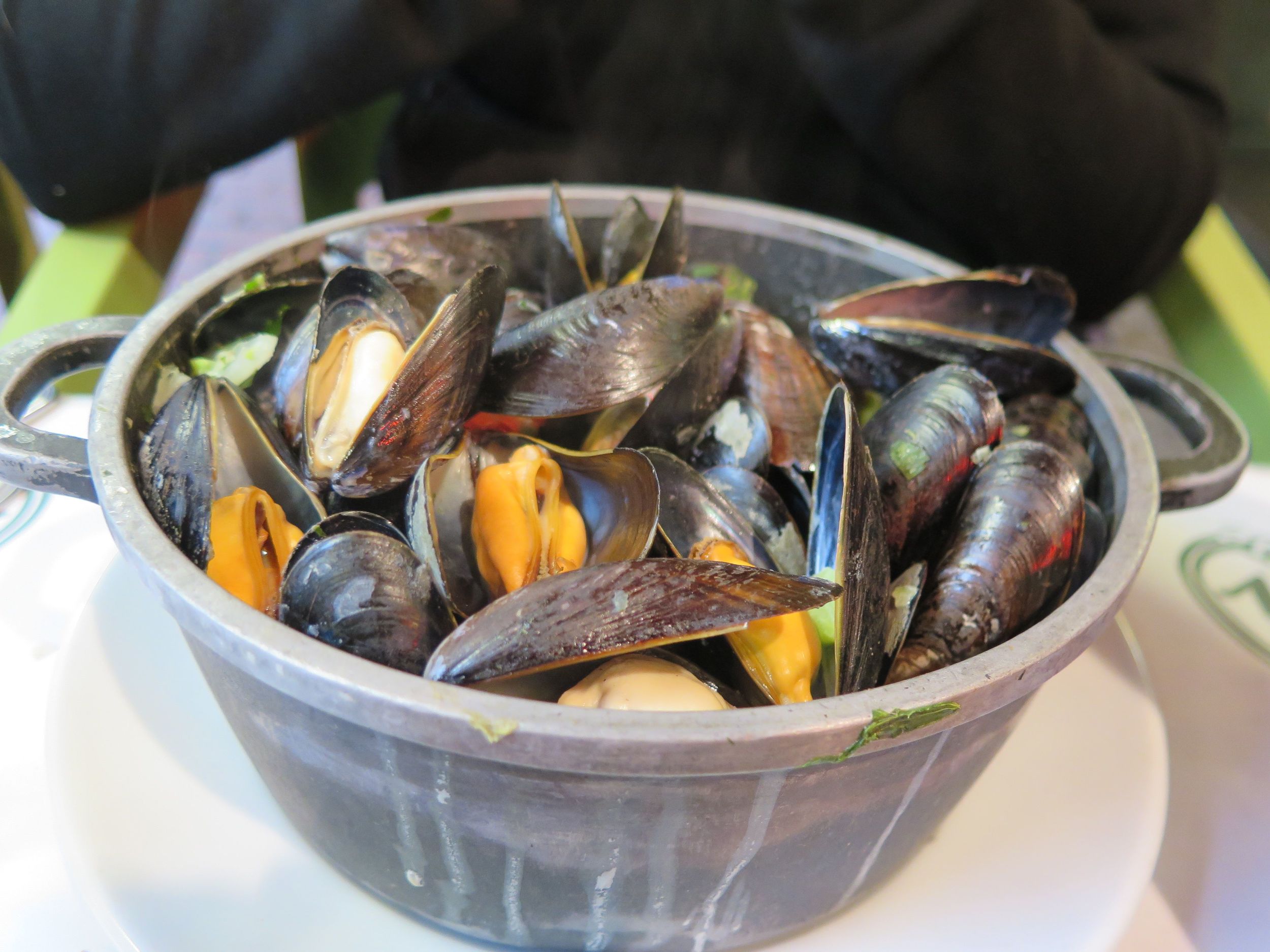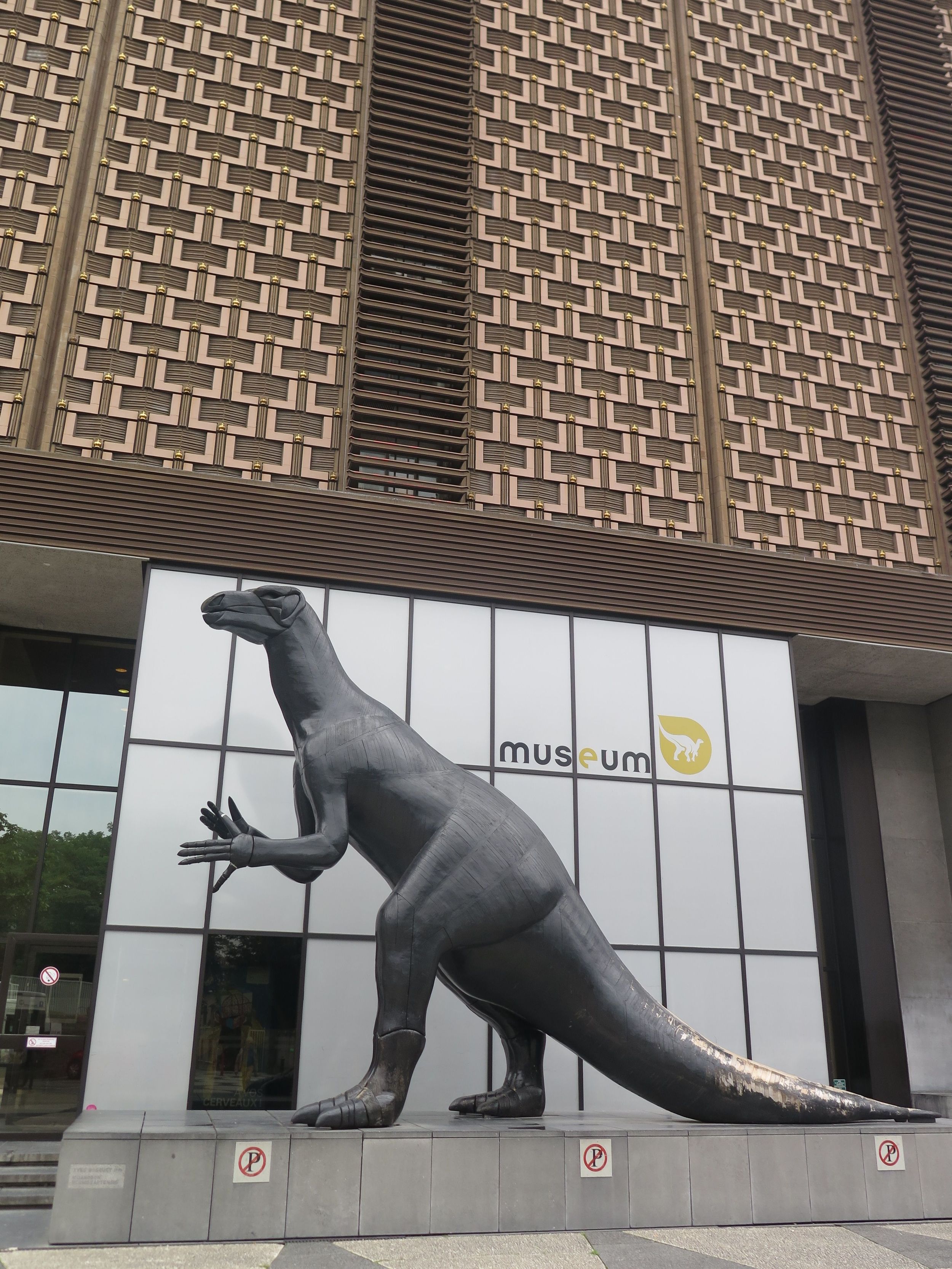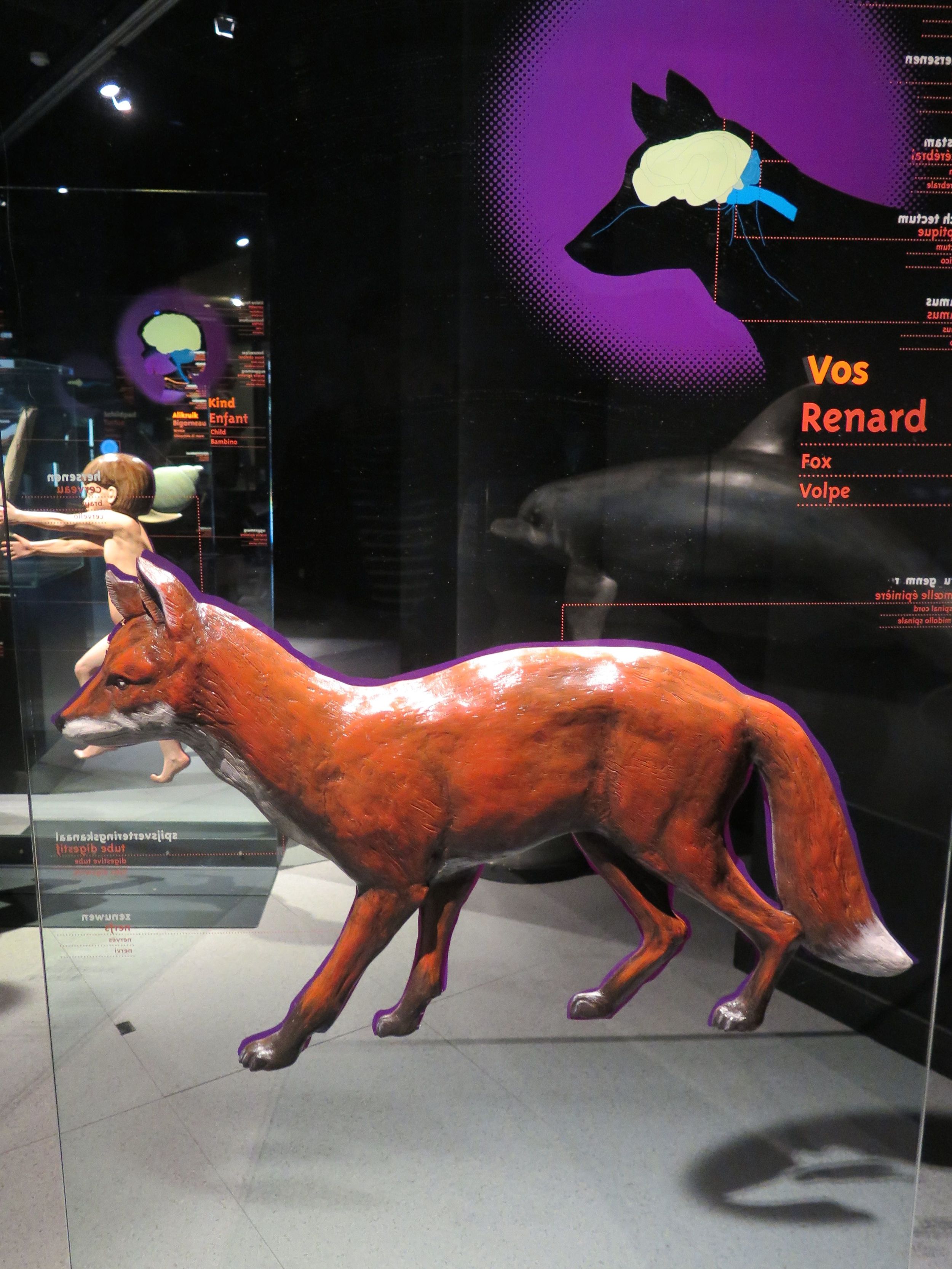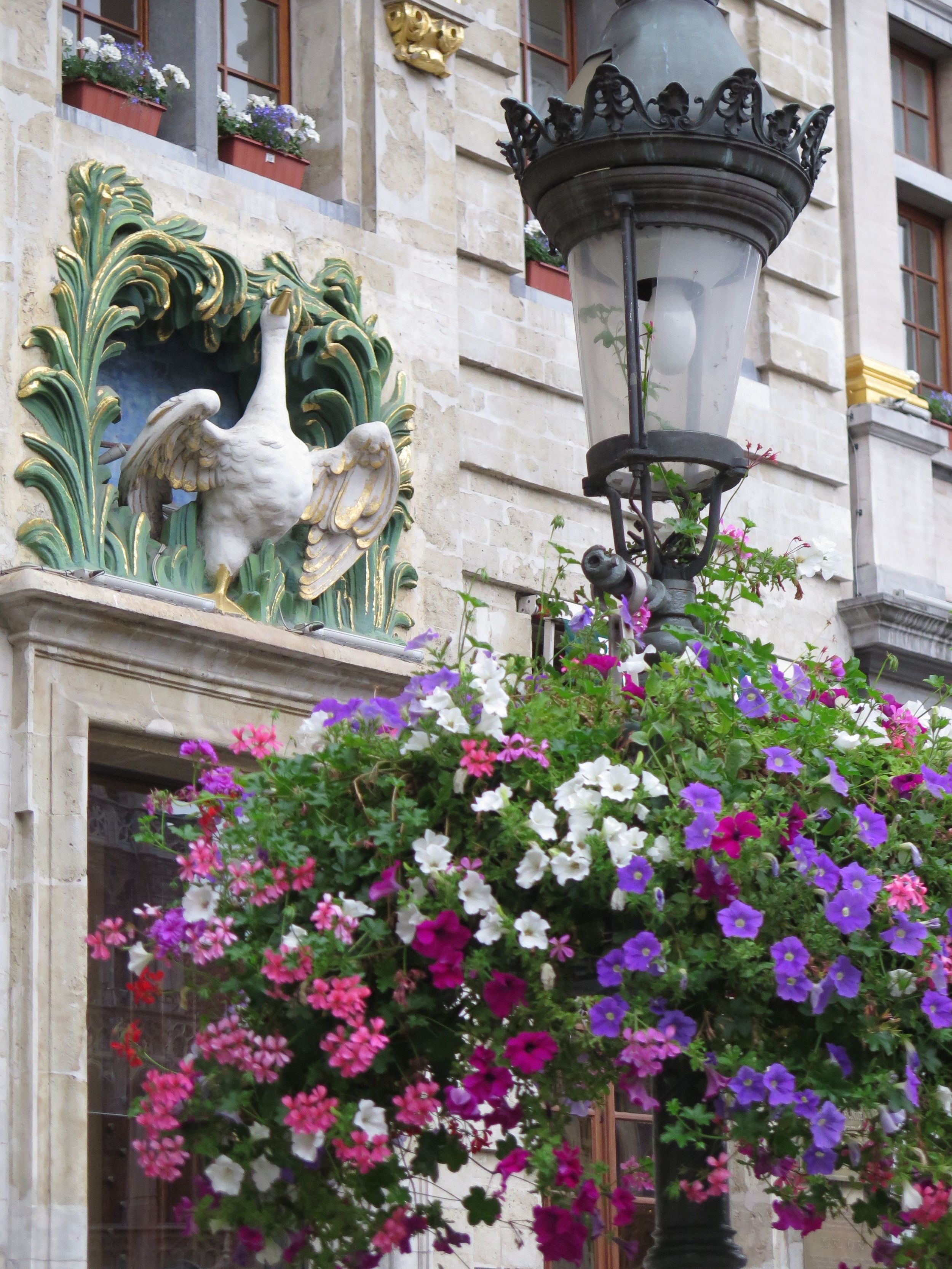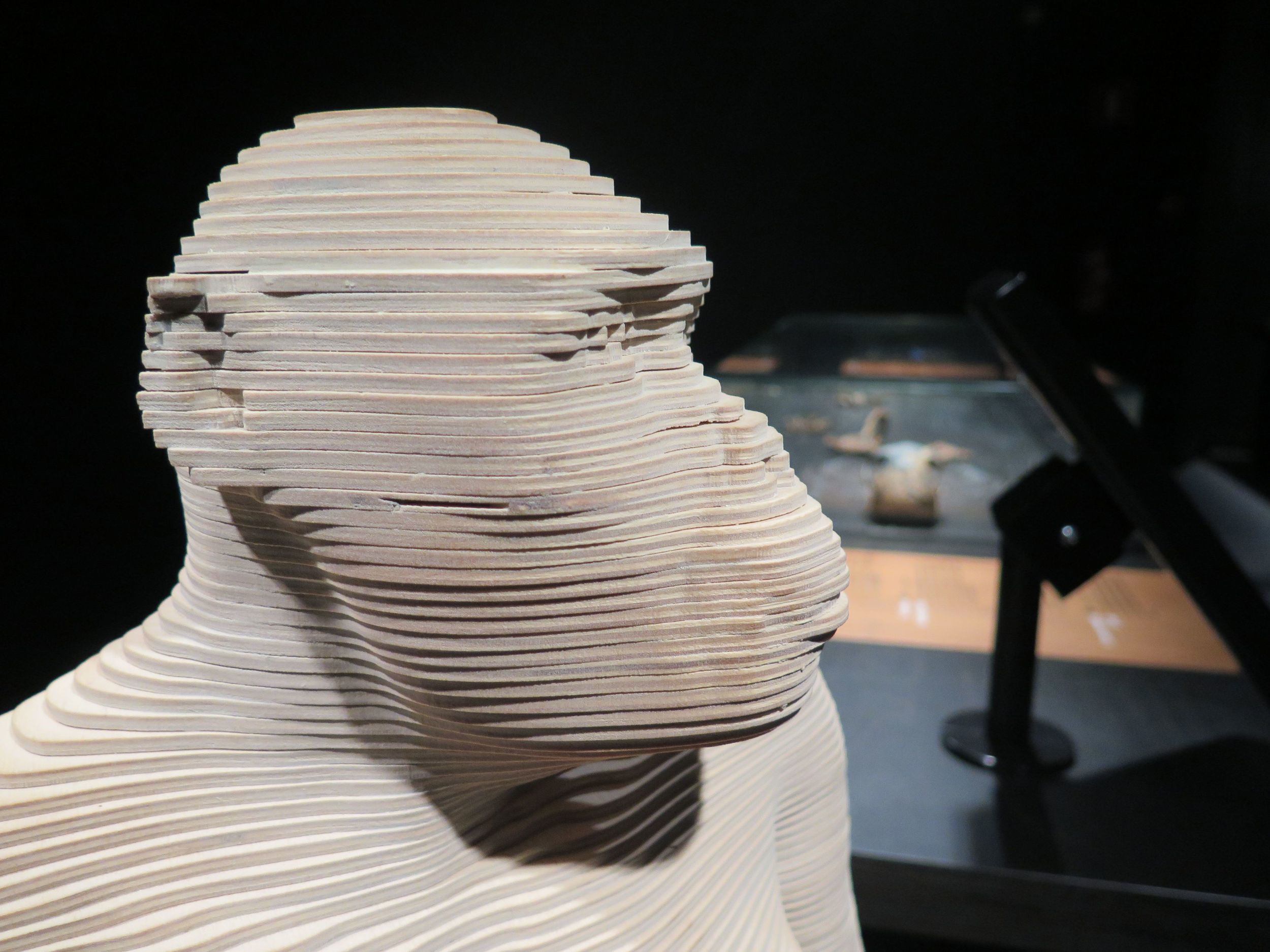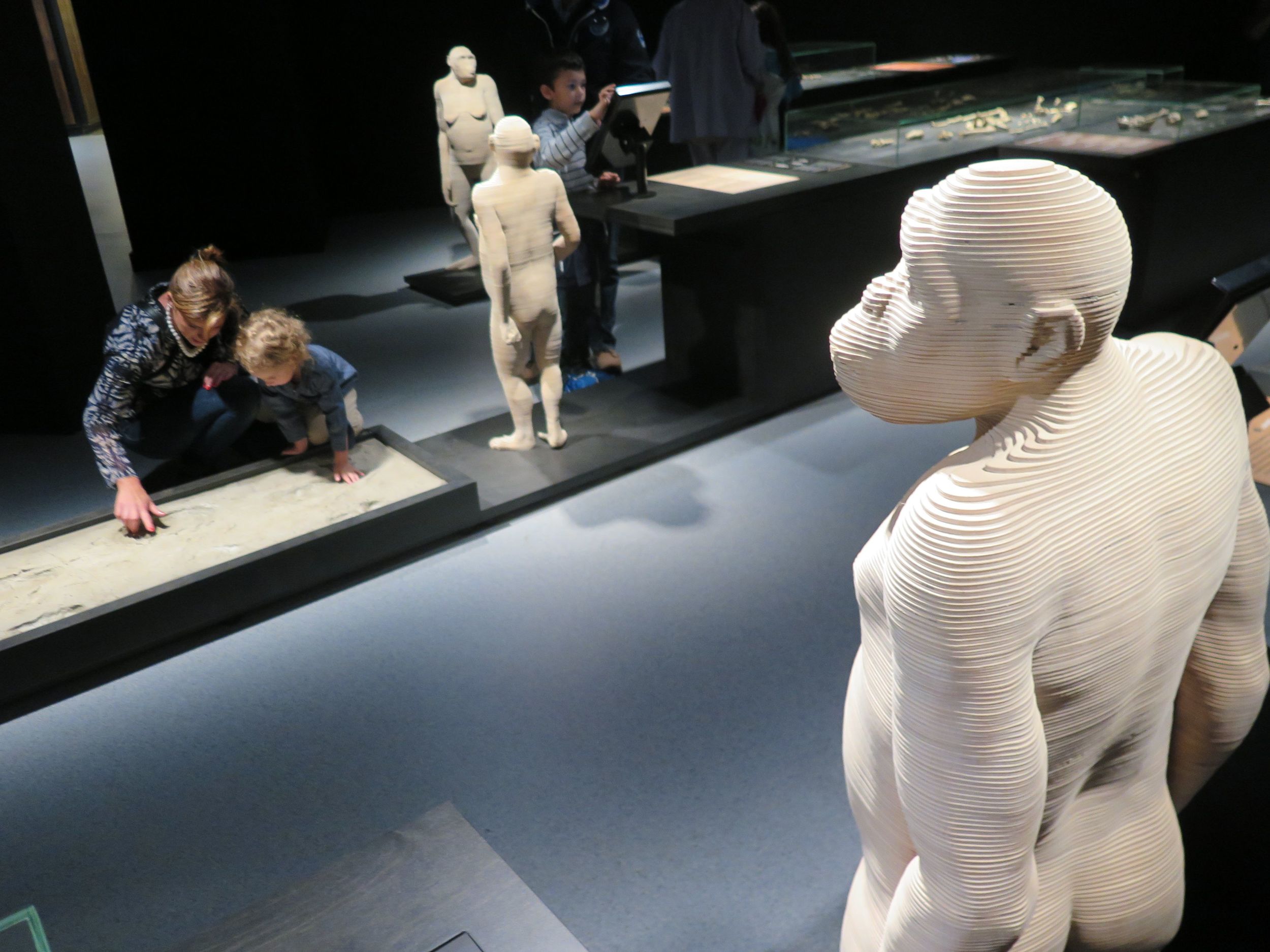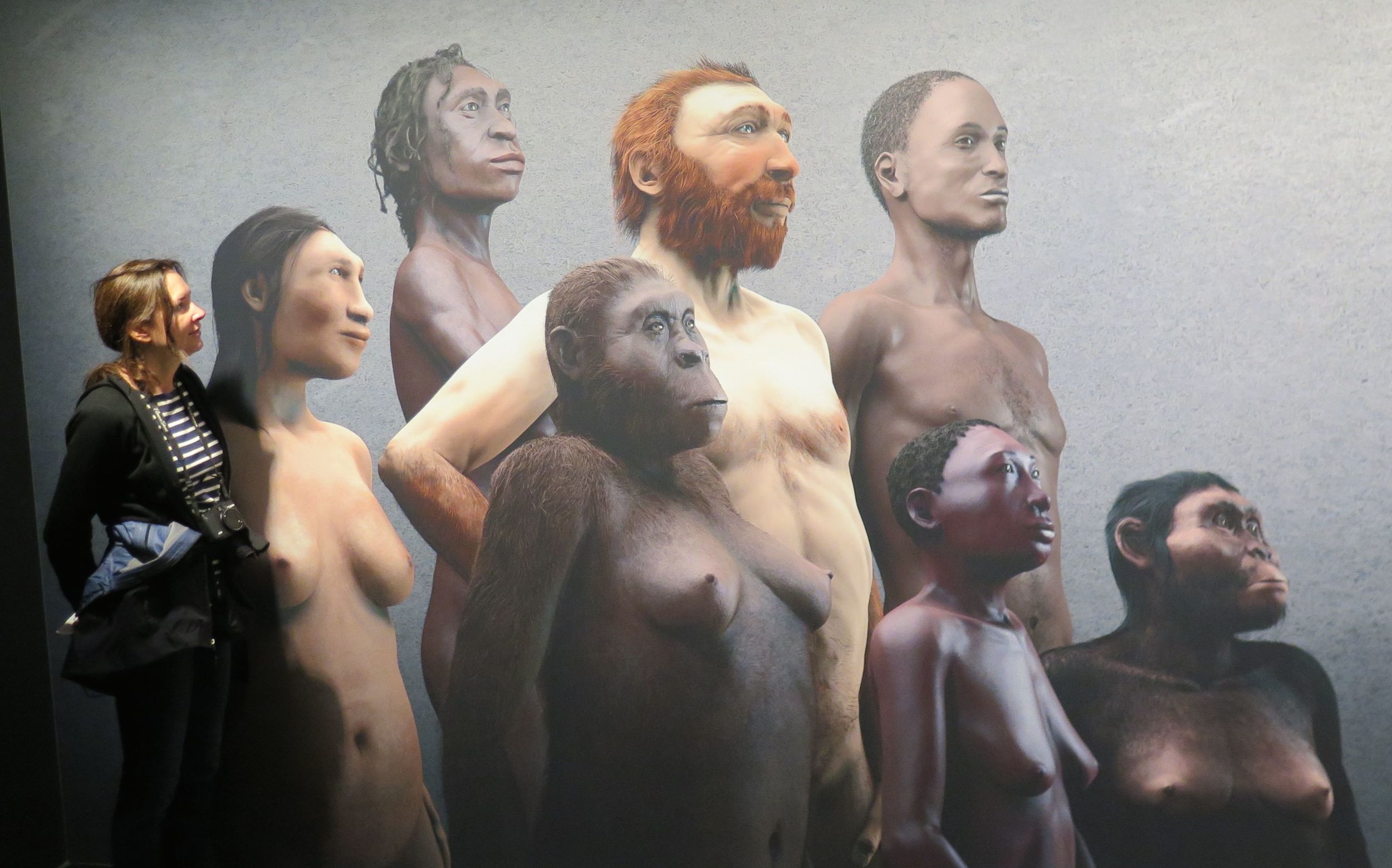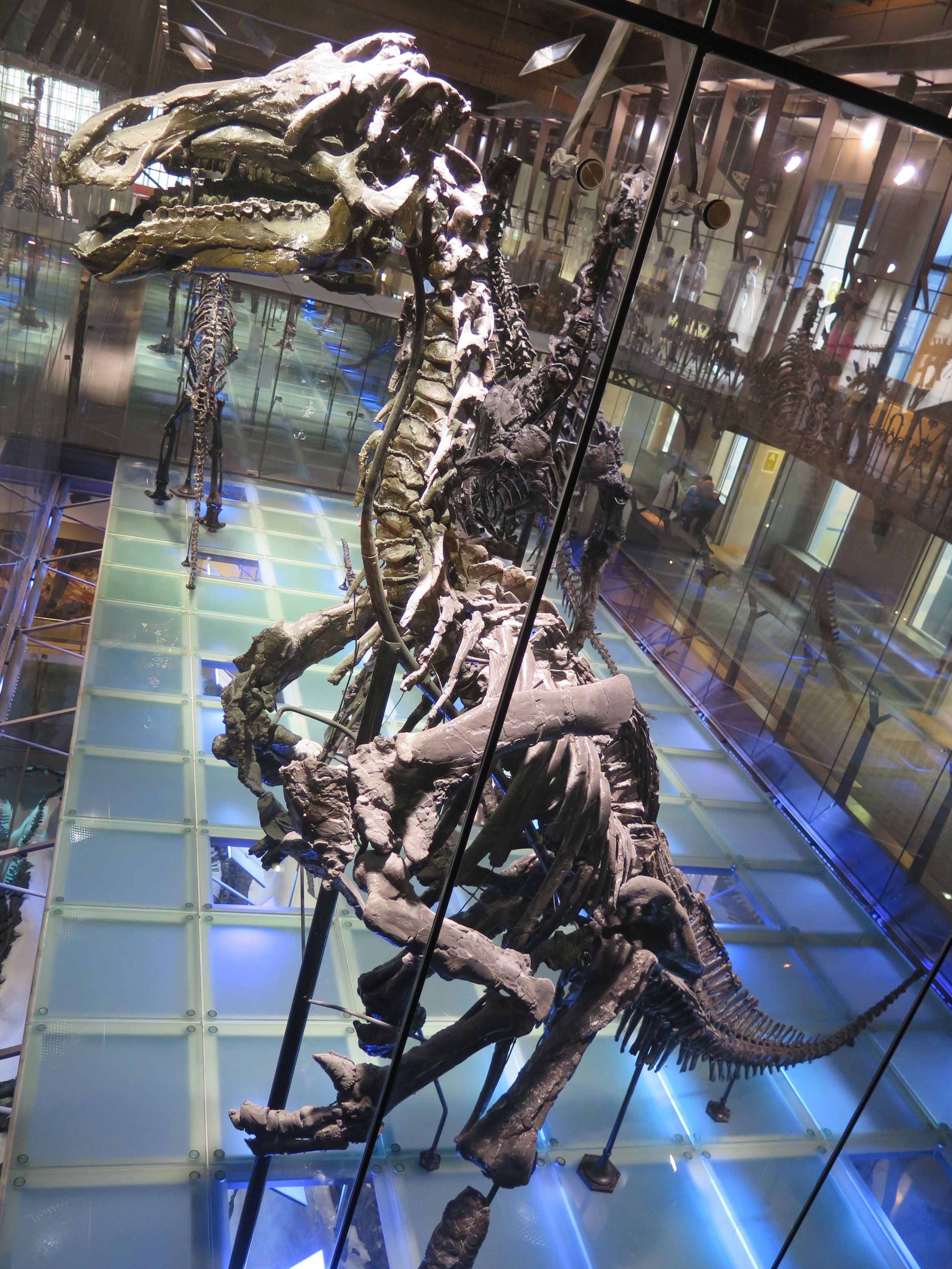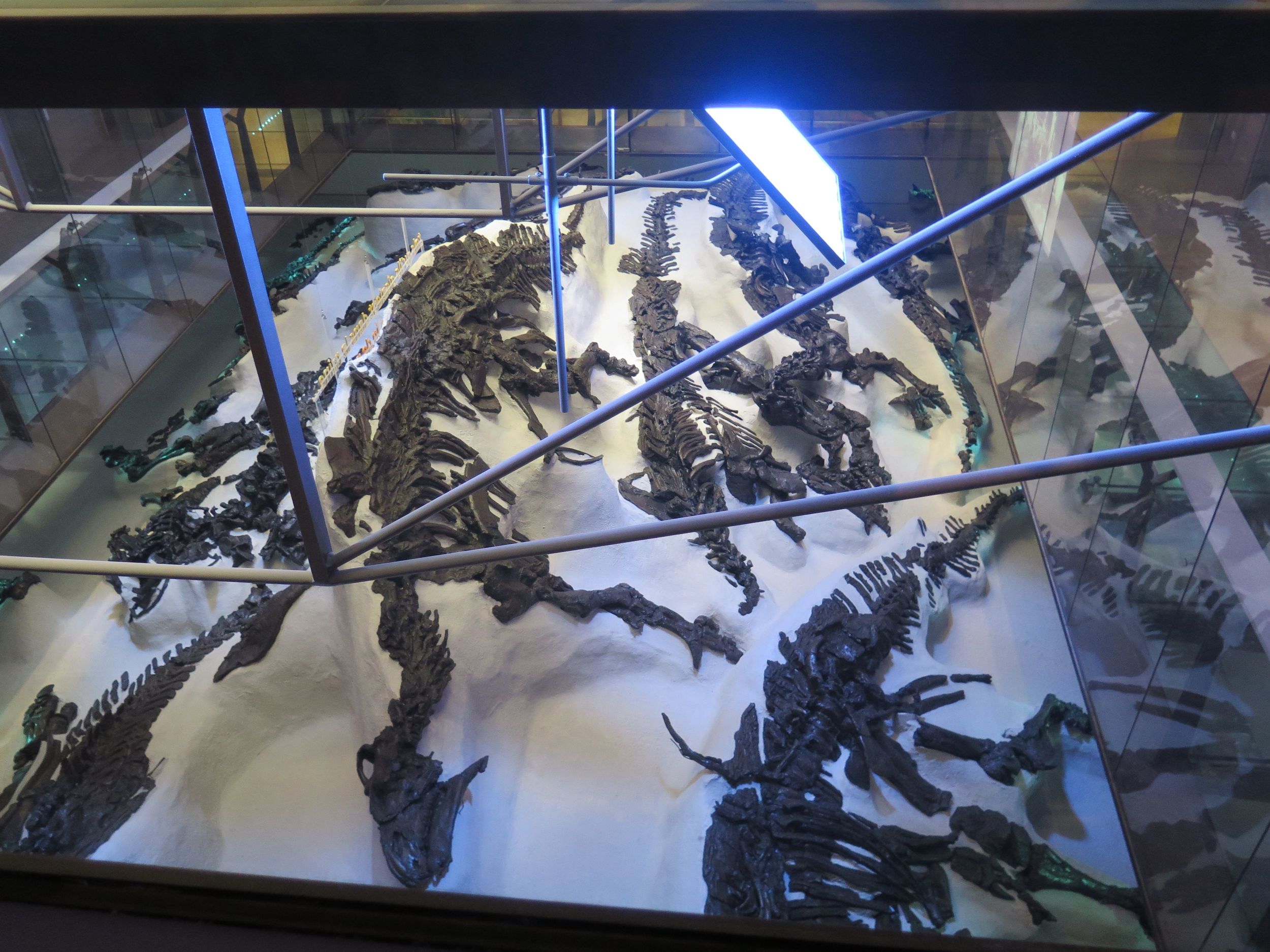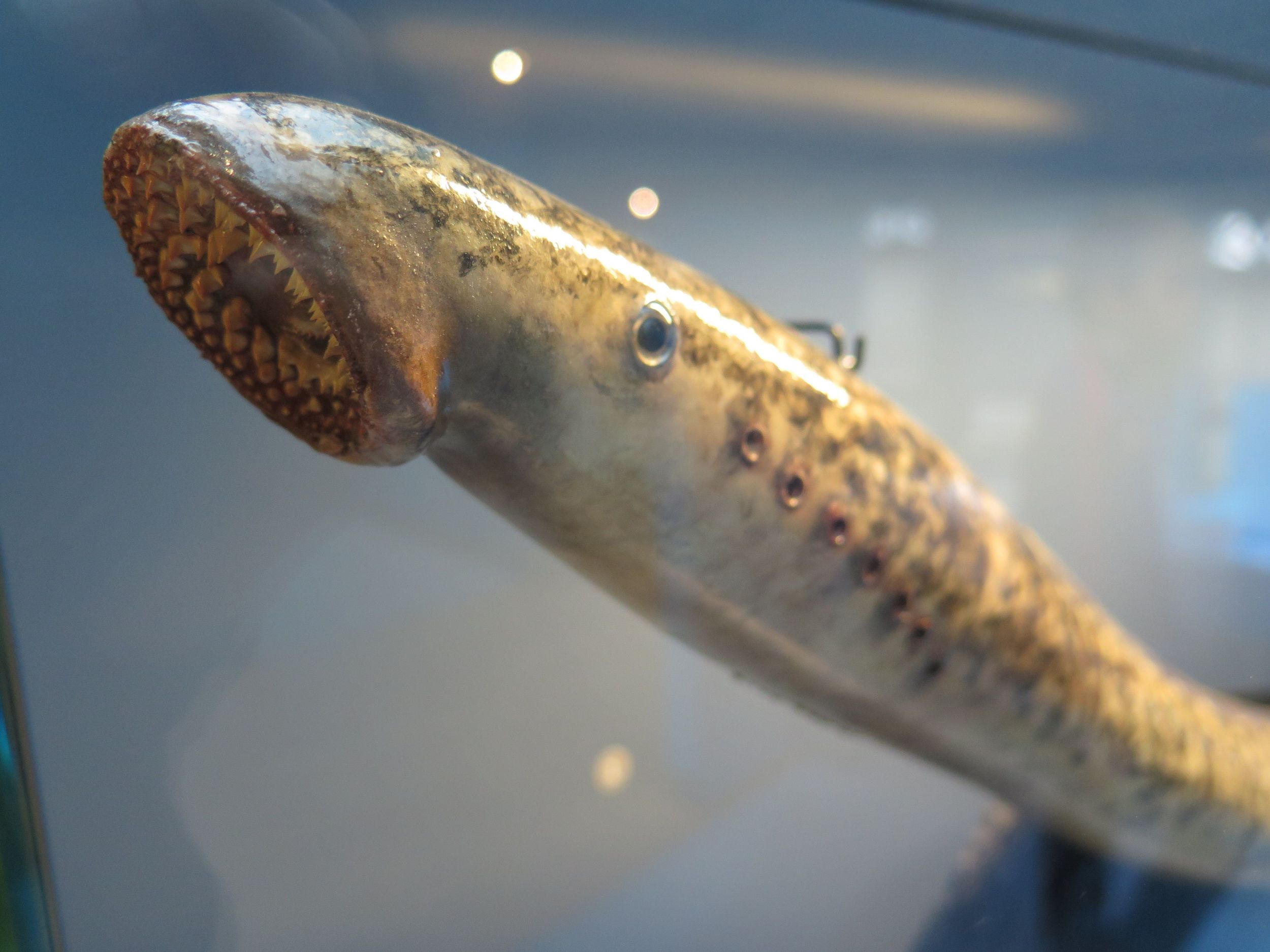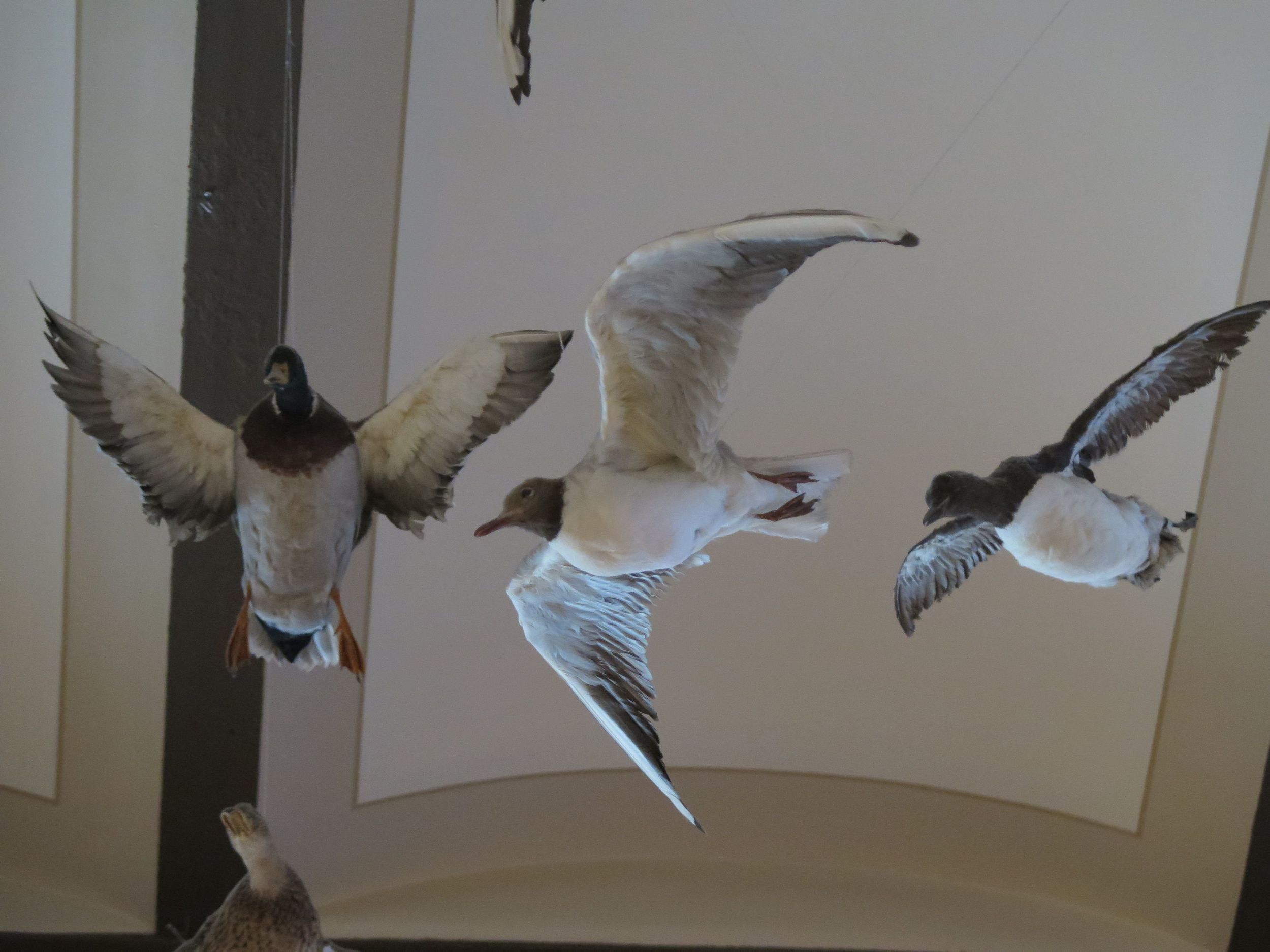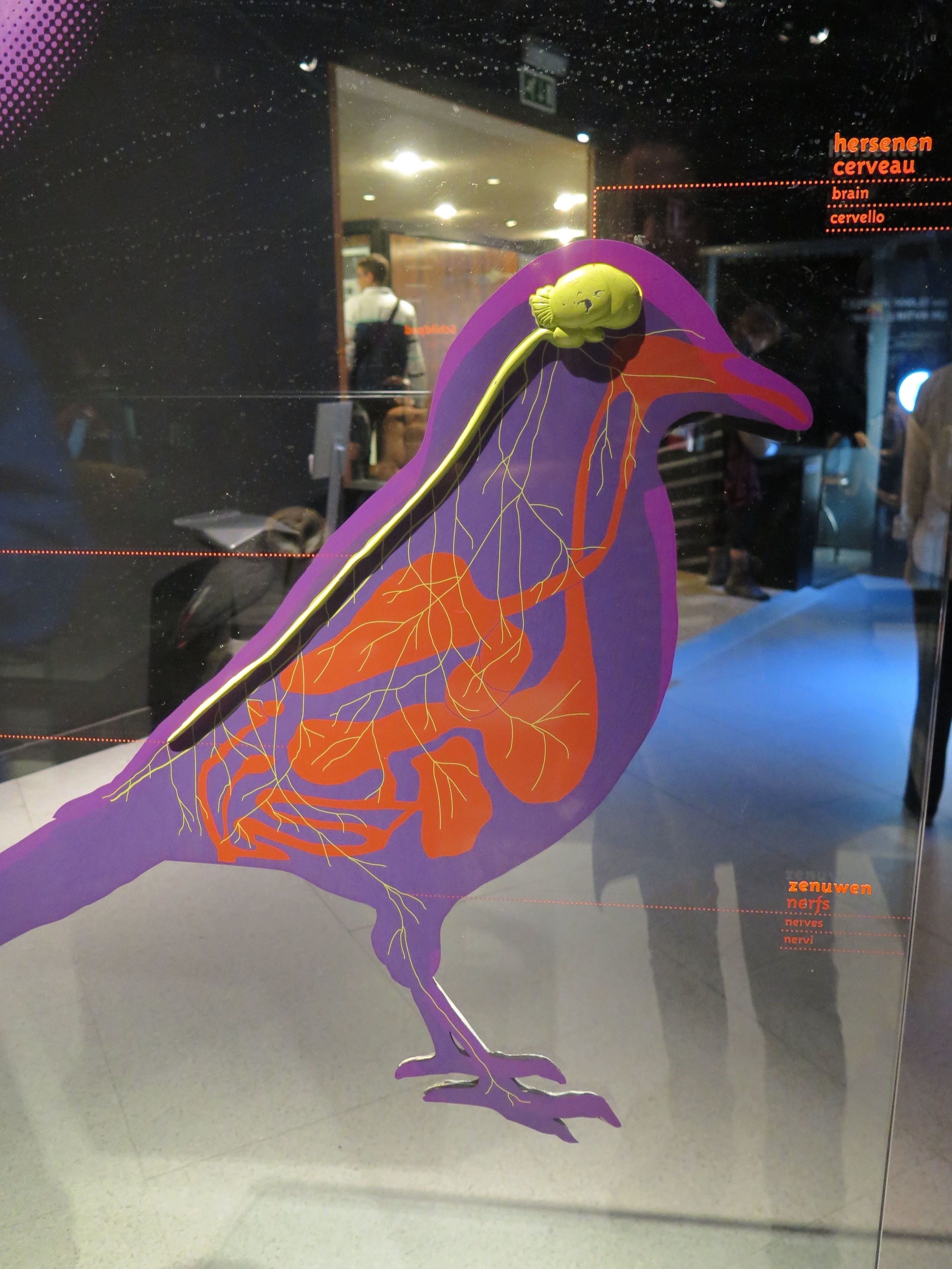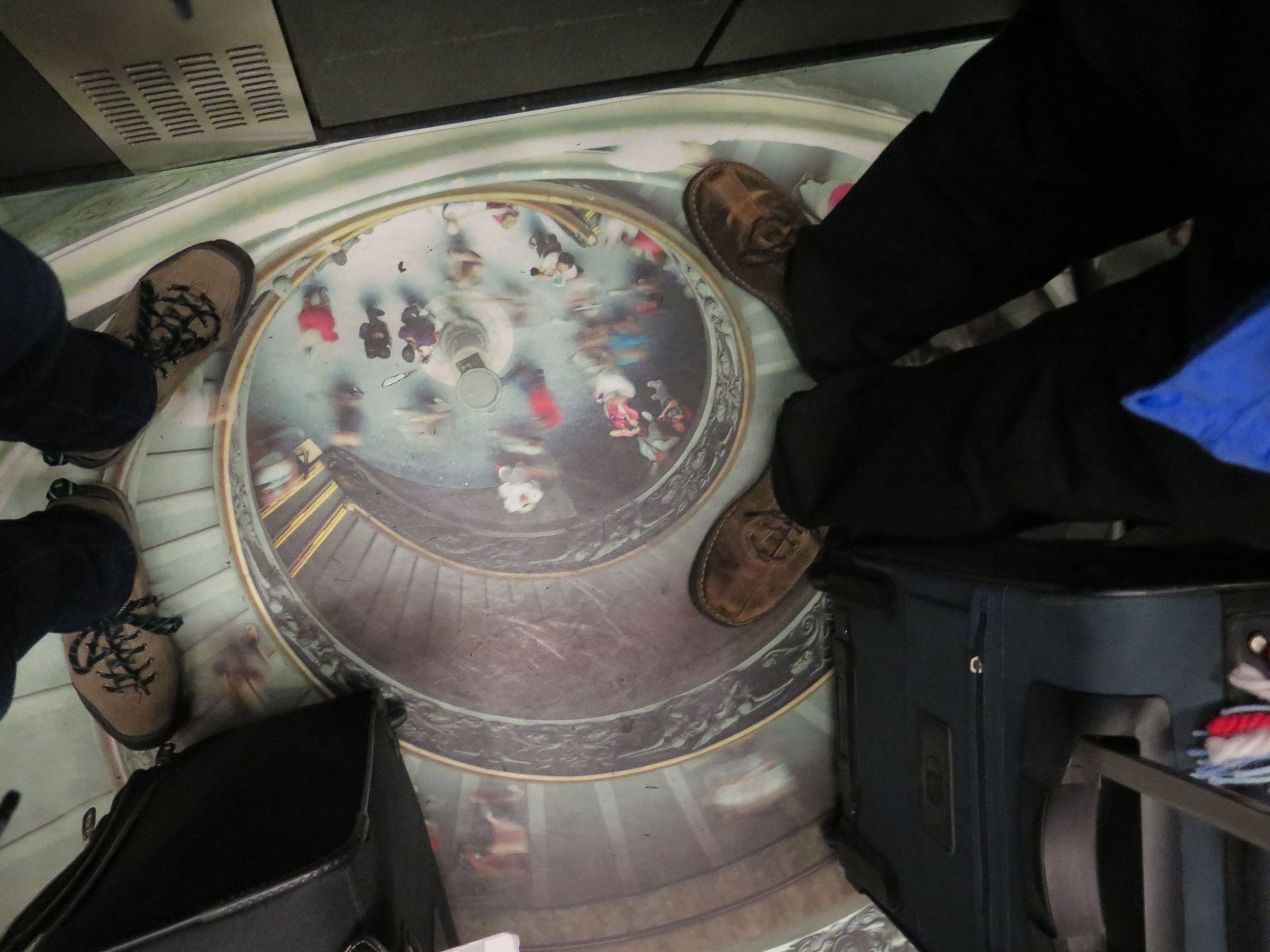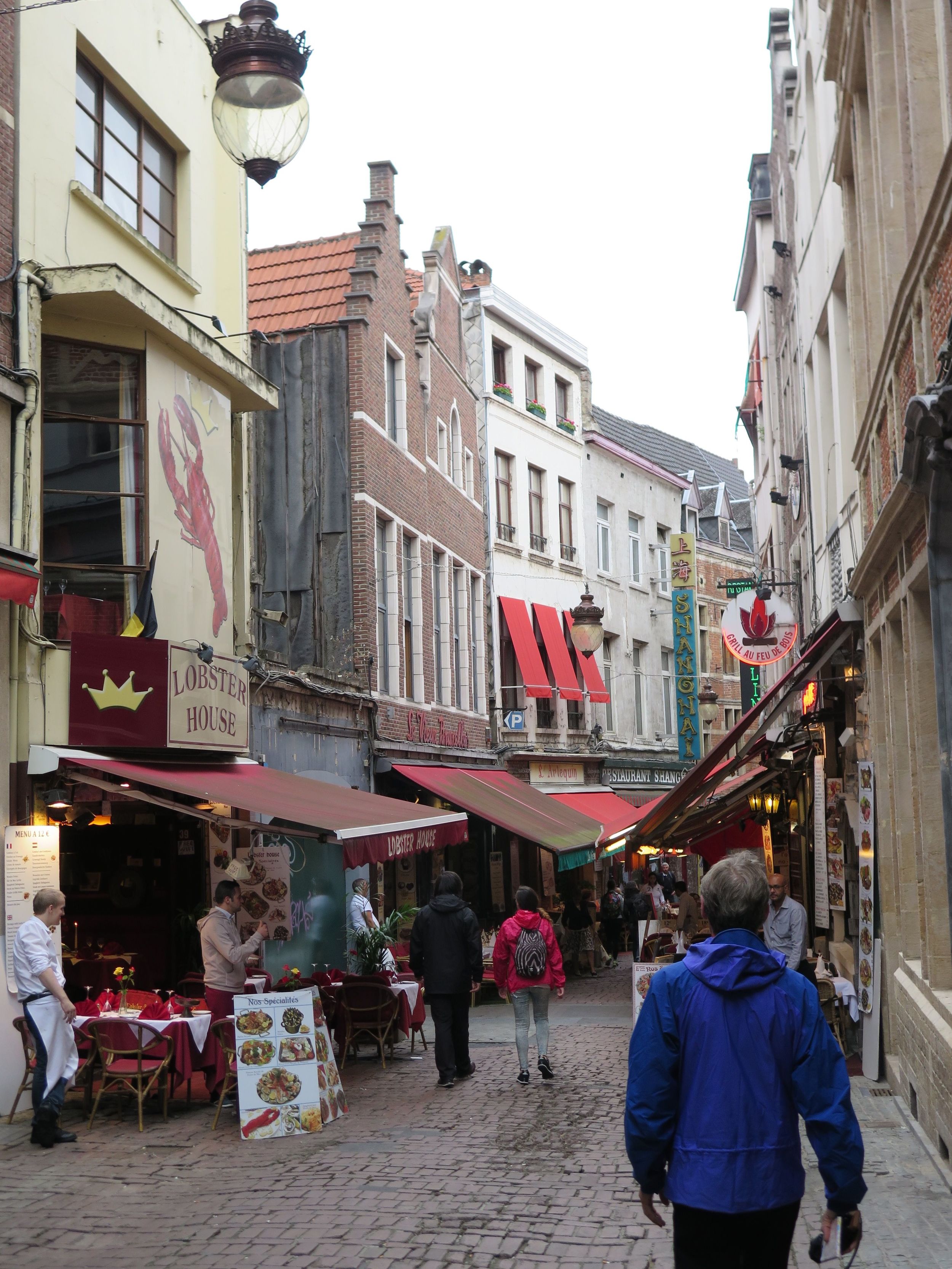As some of you already know, for an April Fools' Day celebration on our Facebook page, we posted photos of eight supposed animals that are hoaxes—and a ninth animal that looks like a hoax but in fact lives in South America and can be found (stuffed) in some of the world's foremost natural history museums. Here are the nine animals and the sometimes wacky stories behind them:
1) THE WHITE BELLBIRD
I took this shot of a white bellbird specimen at the famous La Specola natural history museum in Florence, Italy, when Pamelia and I visited it in 2010. I puzzled over this creature for a long time. The museum had no label on the specimen, so I didn't know what it was, or if that apparent horn was real.
The white bellbird really exists—though it could be mistaken for a hoax by anyone who sees the unicorn-horn-like appendage sticking out of its head in displays at top natural history museums like the La Specola in Florence. White bellbirds live in northeastern South America and that "horn" is actually a floppy wattle of skin (see photo below) that hangs down. The male shakes it in a showy fashion as part of a mating display.
Taxidermists and natural-history museum curators in the 18th and 19th centuries weren't sure what to do with the wattle when preparing, showing and explaining white bellbird specimens. There were no field guides for birds in in those days. At least some of the taxidermists and curators chose to show the wattle as erect, not floppy. And so to this day, visitors to natural history and science museums such as La Specola can see what might be dubbed a unicorn bird.
This is a living white male bellbird. Note the floppy wattle, which would seem to be a major inconvenience when not courting a female.
I should add that there are several varieties of bellbird, all of which are eye- and ear-catching. The male three-wattled bellbird (photo below) was named one of the world's 10 sexiest birds last year by BBC Earth, more for its non-stop vocalizing (which can go on for 80 percent of daylight hours) than for its trio of wattles. Bellbirds have extremely loud, unique calls that BBC Earth describes as "a harsh, metallic and booming 'bonk' that can be heard over half a mile away." I've listened to a recording, and that's a good description—the song doesn't seem like something would come from a bird. It sounds almost like...a dubbed-in hoax. (Click here if you want to listen for yourself.)
Here's the three-wattled bellbird—one of the world's 10 sexiest birds.
2) THE ANGOLAN WITCH SPIDER
The world's largest spider? Millions around the world thought it might be.
As explained at hoaxes.org, the above image went viral in 2011 after artist Paul Santa Maria created it in Photoshop as a joke, using a photo of a wolf spider he had just taken outside his Florida house. He posted it on Facebook with the caption, "Sure You Want to Move to Florida?"
As hoaxes.org recounts, someone else on the Internet expanded on the fraud by sharing the image with this embellished description: "It's a new spider called the Angolan witch spider. They migrated from South America. They primarily eat dogs and cats In Texas. This abnormally large spider was found on the side of this home. It took several gun shots to kill it."
In truth, the world's two largest types of spiders are more fantastic than the one in the hoax. If you go by mass, the largest is the Goliath birdeater tarantula, which is 11 inches across, has inch-long fangs and lives in upland rainforests in South America. It rarely eats birds (preferring toads, worms and rodents) and acquired its name from an illustration of one eating a hummingbird. That illustration was done in the early 1700s by the pioneering naturalist/artist Maria Sibylla Marian, who saw the spider in Suriname. (Read Kim Todd's superb book Chrysalis if you want to learn more about the astounding life of Maria Sibylla Marian, a woman born centuries ahead of her time.)
A Goliath birdeater tarantula.
Goliath's rival for title of world's biggest spider is the giant huntsman, which has the widest leg-span (12 inches) of any spider. It's a cave-dweller that lives in Laos and wasn't discovered until 2001. We don't know that much about it yet—which shouldn't be surprising. There are thought to be as many as five million other species of animals, plants, fungi and other living things on planet Earth that we haven't yet discovered.
3) THE JACKALOPE
The jackalope.
You may have seen a postcard showing this mythical combination of jackrabbit and antelope, but you won't see one hopping around the American West—or anywhere else. The creature was invented one day in the early 1930s by Wyoming taxidermist Douglas Herrick. Douglas and his brother Ralph had just returned home from rabbit hunting. As Ralph later described the scene, "We just throwed the dead jackrabbit in the shop when we come in and it slid on the floor right up against a pair of deer horns we had in there. It looked like that rabbit had horns on it."
Douglas couldn't resist. "Let's mount it!" he said. And so he did, attaching the deer antlers to the jackrabbit's skull. He sold the taxidermied piece to a local hotel in Douglas, Wyoming, and then started making and selling more, as did his son after him. Today the town of Douglas is the Jackalope Capital of the World. Visitors can buy everything from jackalope souvenirs to jackalope "milk" and even apply for a jackalope hunting license. The license is said to require an I.Q. above 50 but no higher than 72 and allow hunting only from midnight to 2 a.m. one night a year.
4) GELLISONI FABRICATA, THE LARGEST FISH EVER CAUGHT
In the 1930s and '40s the Honolulu Star-Bulletin newspaper regularly ran April Fools' Day hoaxes. The 1939 story was truly a whopper. It claimed that while on vacation in Hawaii, a "famous scientist" from Norway named Thorkel Gellison had reeled in the largest fish ever recorded, a specimen of a species dubbed Gellisoni fabricata in honor of Gellison's great-great grandfather, who had discovered it in the Norwegian fjords, where the fish was said to be common. The photo above purported to show Gellison riding the prize catch through downtown Honolulu in a celebratory parade.
The story had a few clues that perhaps this was not an entirely truthful tale. Not only was the fish called "fabricata," but Gellison was said to have caught it "with ordinary Mason & Dixon line, with a leader of Associated Press wire." The fish allegedly was attracted to dry bait. "The driest bait I could think of was a copy of the Congressional Record," Gellison was quoted as saying. "So I put one on my hook and started to troll." Gellison claimed that in Norway Gellisoni fabricata were often "captured and tamed and ridden with saddle and bridle."
"It was nothing," Gellison allegedly said (perhaps with a wink) in reference to his angling feat. "I have not only caught bigger fish but have told bigger fish stories."
By the way, the world's largest fish is in fact the whale shark, which can reach 49 feet in length. Sadly, it is a threatened species and, for reasons not yet known to marine biologists, relatively few adults have been seen in recent years. Such as been the plight of large ocean fish, whose populations have fallen by 90 percent since 1950. I wish that story were a hoax, but it's not.
5) THE EMU WITH TEETH
This image made the rounds on the Internet in 2014 with the caption, "Just some friendly Australian wildlife." According to hoax.org, the image was an altered Wikipedia photo of an emu. It's not known who added the miniature shark teeth.
6) THE PACIFIC NORTHWEST TREE OCTOPUS
A couple of weeks ago a Facebook follower of The Naturalist's Notebook wrote to ask me about the amazing tree octopus, which he had heard lived in the Pacific Northwest. I assured him that no such animal existed, but his question piqued my interest.
Turns out the fictional creature was invented in 1998 by a someone named (or using the name) Lyle Zapato. To this day the species is described in detail on the Help Save the Endangered Pacific Northwest Octopus from Extinction web page: "These solitary cephalopods reach an average size (measured from arm-tip to mantle-tip) of [12-13 inches]. Unlike most other cephalopods, tree octopuses are amphibious, spending only their early life and the period of their mating season in their ancestral aquatic environment. Because of the moistness of the rainforests and specialized skin adaptations, they are able to keep from becoming desiccated for prolonged periods of time, but given the chance they would prefer resting in pooled water."
"An intelligent and inquisitive being (it has the largest brain-to-body ratio for any mollusk), the tree octopus explores its arboreal world by both touch and sight," the site continues. "The challenges and richness of the [spacially complex maze of the coniferous Olympic rainforest]...may account for the tree octopus's advanced behavioral development. (Some evolutionary theorists supposed that 'arboreal adaptation' is what laid the groundwork in primates for the evolution of the human mind.)"
It's all a hoax, but it's a fascinating one. Unfortunately, in a 2011 University of Connecticut study, 87.5% of seventh-graders who were shown the tree-octopus website found the information in it to be "reliable." Kids—and people of all ages—aren't always great at recognizing Internet hoaxes.
7) THE UNNAMED EVEN BIGGER FISH
After photos first appeared on postcards in 1894, so did comical animal hoaxes. William Martin of Ottawa, Kansas, was brilliant at creating them. The text on this card reads, "I Finally Got Him." You won't be surprised to learn that Martin was an avid fisherman.
8) THE JUMBO GRASSHOPPER
Another of our Facebook followers posted this photo on our page after we did a grasshopper post. She wondered if the picture was legit. It's not. Grasshoppers never grow that large, even in the warm sun of Miles City, Montana. This is another of the animal-hoax postcards, and a pretty convincing-looking one.
The longest known insect in the real world is the giant walking stick from Southeast Asia, according to National Geographic. It can grow to be two feet long and do cool things like unleash a nasty defensive spray and even shed a limb to escape a predator. If you go back about 300 million years, you can find mega-sized flying insects with wingspans of close to 30 inches. Those are another story we'll have to talk about soon.
9) THE SUPER-JUMBO GRASSHOPPER
Yes, it's another old animal-hoaxcard, and that's all I know about it. Other than the fact that it's pretty funny. The title: "Haulin' 'Em Out."
Bottom line of all this: Real animals are even more amazing than fictional ones. Don't trust everything you read or see on the Internet. And have a happy April Fools' Day! —Craig Neff and Pamelia Markwood

